Antique cars, often cherished for their historical significance and unique charm, bring with them a set of special licensing requirements when it comes to driving them on public roads. Enthusiasts need to navigate various regulations and considerations to ensure they can enjoy these vintage vehicles both safely and legally. Examining these rules can help enthusiasts appreciate the intricacies involved in licensing antique cars.
Understanding Antique Car Classification
The classification of antique cars is a fundamental aspect of understanding the licensing requirements for these vehicles. Generally, a car is considered “antique” if it is over 45 years old. However, terms like “classic” and “vintage” are often used interchangeably, each having its specific definition based on age and historical value. For example, a 1965 Ford Mustang would typically be classified as an antique car, whereas a 1985 BMW 3 Series might be considered a classic. That said, many U.S. states define an “antique” car more broadly, classifying any vehicle that is 25 years old or older as antique for registration purposes. That said, many U.S. states define an “antique” car more broadly, classifying any vehicle that is 25 years old or older as antique for registration purposes.
Different regions and countries have their own criteria for classifying antique vehicles. In the United States, each state may have its own specific age requirement and additional criteria. In contrast, the United Kingdom defines antique cars, often referred to as “historic vehicles,” as those more than 40 years old. This variation in classification is essential as it influences the regulatory framework each vehicle must adhere to. Proper classification is crucial not only for legal compliance but also for ensuring that the vehicle is roadworthy under the respective jurisdiction’s laws.
Understanding these classifications is vital because they dictate the licensing requirements and exemptions applicable to antique vehicles. Proper classification can affect everything from insurance premiums to roadworthiness assessments, all of which play a role in the legal operation of the vehicle on public roads.
Special Licensing Requirements

Obtaining a license to drive an antique car often involves securing special historic vehicle license plates. These plates signify that the vehicle is recognized as antique and may come with certain privileges and restrictions. For example, a 1957 Chevrolet Bel Air might qualify for such a plate, allowing it to be used in a limited capacity on public roads. To apply for these plates, owners typically need to provide proof of the car’s age and historical significance, along with any necessary restoration documentation.
Insurance is another key consideration when it comes to licensing antique cars. Traditional auto insurance policies may not adequately cover the unique needs of an antique vehicle. Instead, specialized insurance policies are often required, which consider the vehicle’s value, usage, and rarity. Companies like Hagerty specialize in providing such coverage, ensuring that vehicles like a 1930 Rolls-Royce Phantom are adequately protected both on and off the road.
Antique cars are often exempt from modern safety and emissions standards, owing to their historical status. However, this does not mean they are entirely free from regulations. Owners must still ensure that their vehicles meet basic safety requirements, which may involve regular inspections. Understanding these exemptions and requirements is crucial for maintaining the car’s legal status and ensuring it remains a joy to drive.
Driving Restrictions and Limitations
Driving an antique car often comes with certain usage limitations designed to preserve the vehicle and ensure safety. Many jurisdictions impose mileage caps, limiting how much an antique car like a 1928 Ford Model A can be driven annually. These limitations ensure that the vehicle is preserved for future generations while still allowing owners to enjoy them on special occasions.
Roadworthiness is a major concern for antique car owners. While these vehicles are exempt from certain modern requirements, they still need to meet basic safety standards. Regular maintenance is essential to ensure that vehicles such as a 1948 MG TC are safe for road use. This includes checking brakes, lights, and steering to ensure they function correctly.
In addition to mileage limits, some regions enforce seasonal or time-based driving restrictions. For example, certain areas might prohibit the use of antique cars during winter months or at night, especially if the vehicle lacks modern lighting systems. Understanding and adhering to these restrictions is vital for both legal compliance and the continued preservation of the vehicle.
Preservation and Legal Compliance
Maintaining antique cars often involves balancing restoration with legal compliance. To retain the authenticity of a vehicle like a 1936 Bugatti Type 57, owners must follow restoration guidelines that respect the car’s original design while complying with road regulations. This might include using period-correct parts or adhering to specific paint codes.
Documentation plays a critical role in both restoration and licensing. Maintaining detailed records of any restoration work, parts used, and historical documentation is essential. These records not only help in the licensing process but also add to the vehicle’s provenance and value. For example, having complete documentation for a 1959 Cadillac Eldorado can significantly enhance its appeal to collectors and historians alike.
Compliance with local laws is perhaps the most challenging aspect of owning an antique car. Regulations can vary widely, making it essential for owners to stay informed about the laws in their area. This might involve working with local car clubs or legal experts to navigate the complexities of licensing, insurance, and roadworthiness requirements.
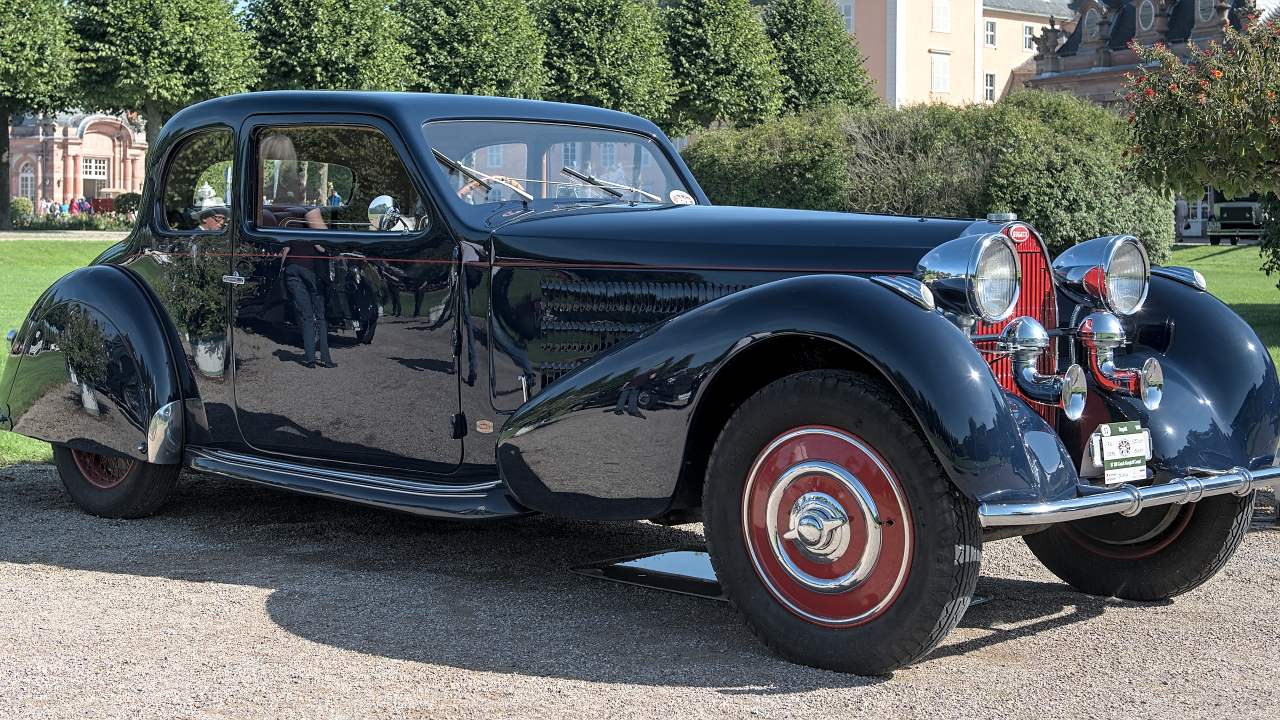
Benefits of Owning and Driving Antique Cars
Owning and driving an antique car offers numerous benefits beyond the joy of operating a piece of history. These vehicles hold significant cultural and historical value, providing a tangible link to the past. For instance, driving a 1940s era Willys MB Jeep can offer insights into the automotive and military history of that period.
Antique car ownership also opens doors to community and networking opportunities. Enthusiasts often join clubs and participate in events that celebrate these vehicles. These gatherings provide a platform for sharing knowledge, experiences, and the sheer enjoyment of antique cars. For example, participating in events like the Pebble Beach Concours d’Elegance can connect owners with a global community of like-minded individuals.
Finally, antique cars can be a sound investment. Over time, well-maintained vehicles like a 1967 Jaguar E-Type have historically appreciated in value, offering financial benefits alongside their cultural significance. Understanding market trends and maintaining the vehicle’s condition are key strategies for maximizing such investments.
Like Fast Lane Only’s content? Be sure to follow us.
Here’s more from us:
*Created with AI assistance and editor review.

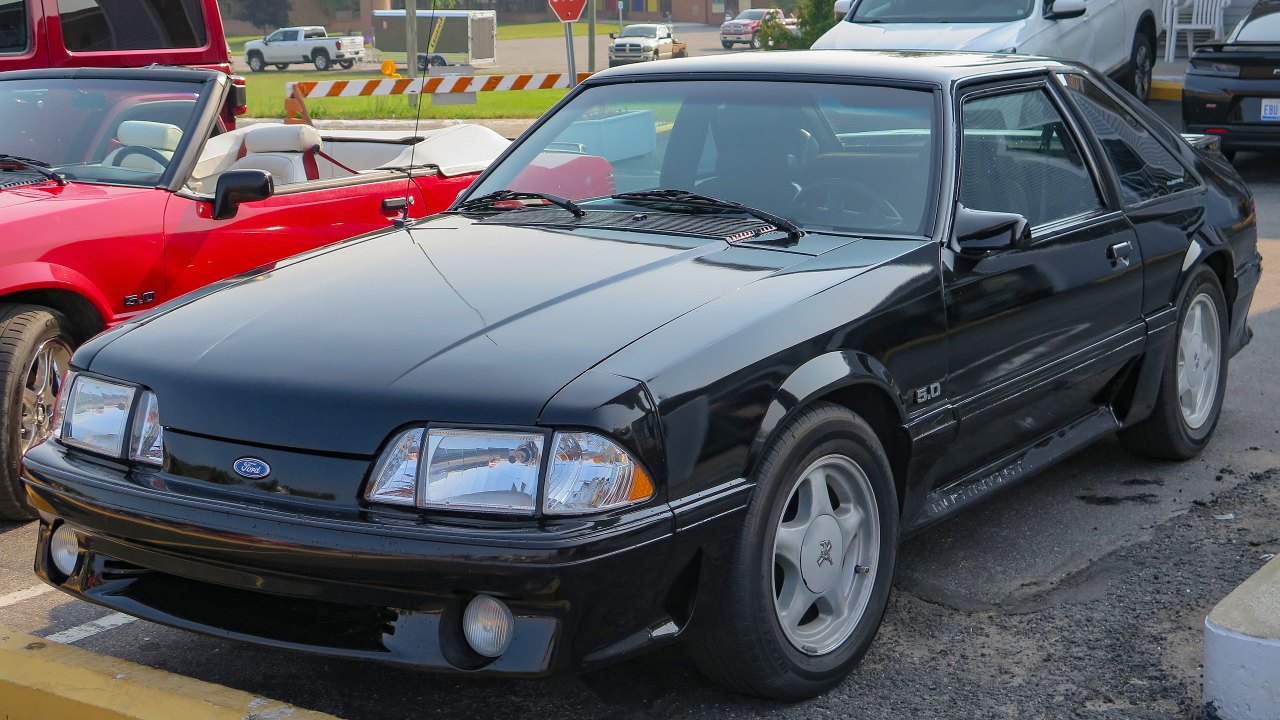
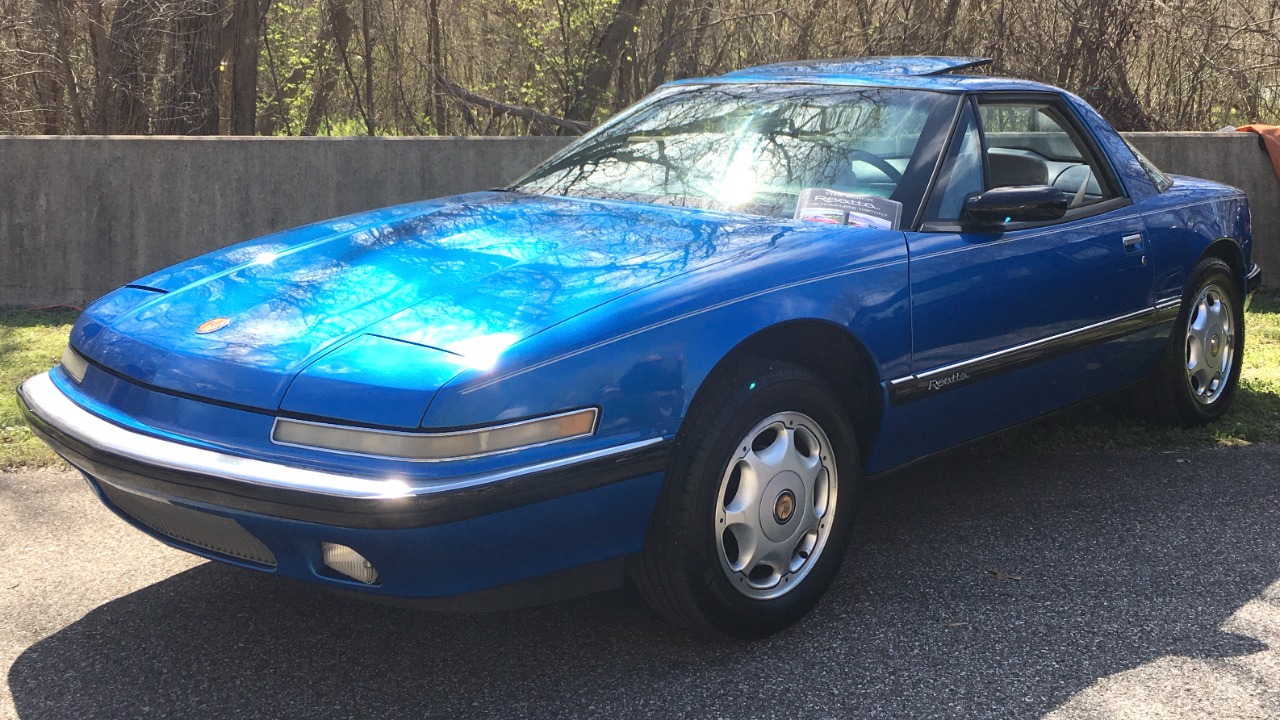

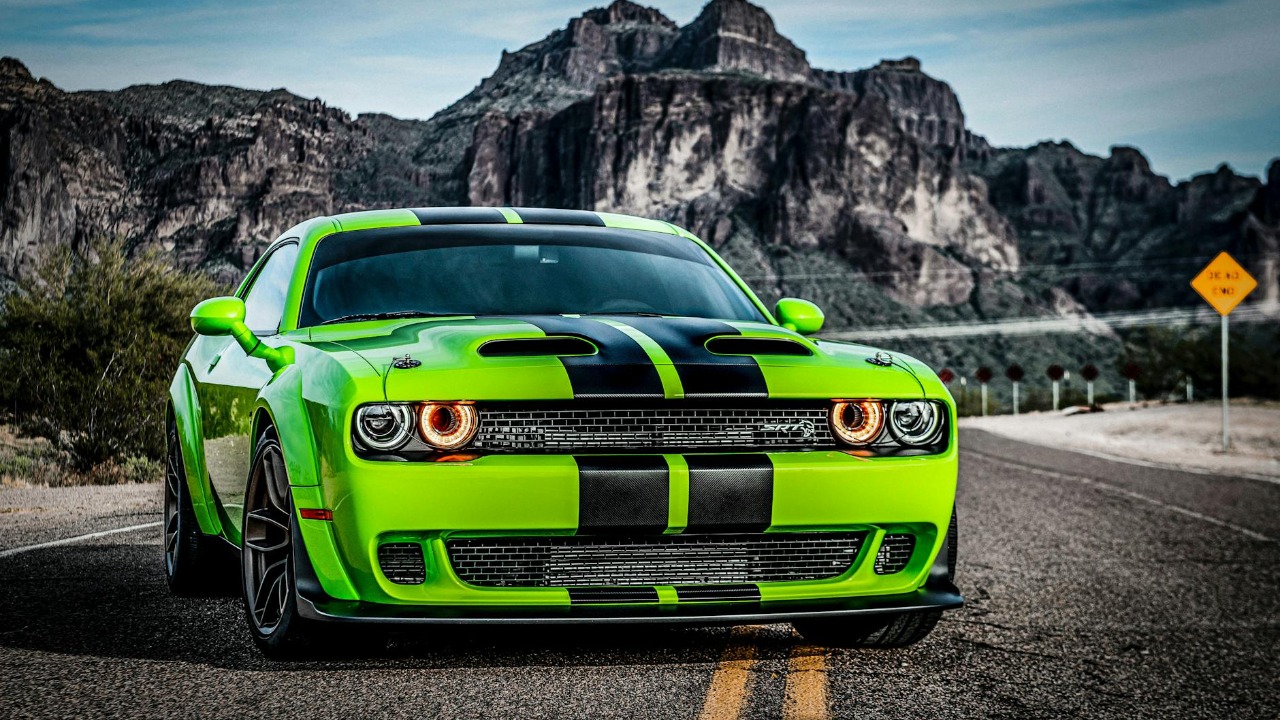

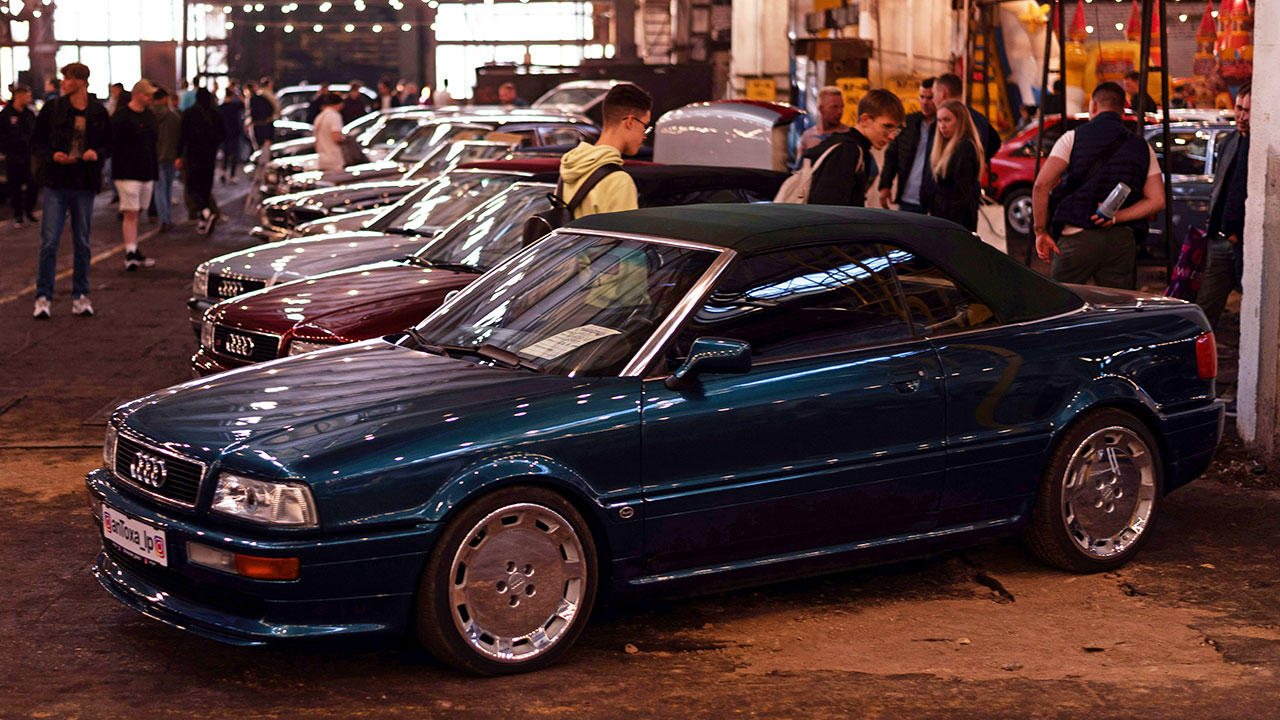
Leave a Reply